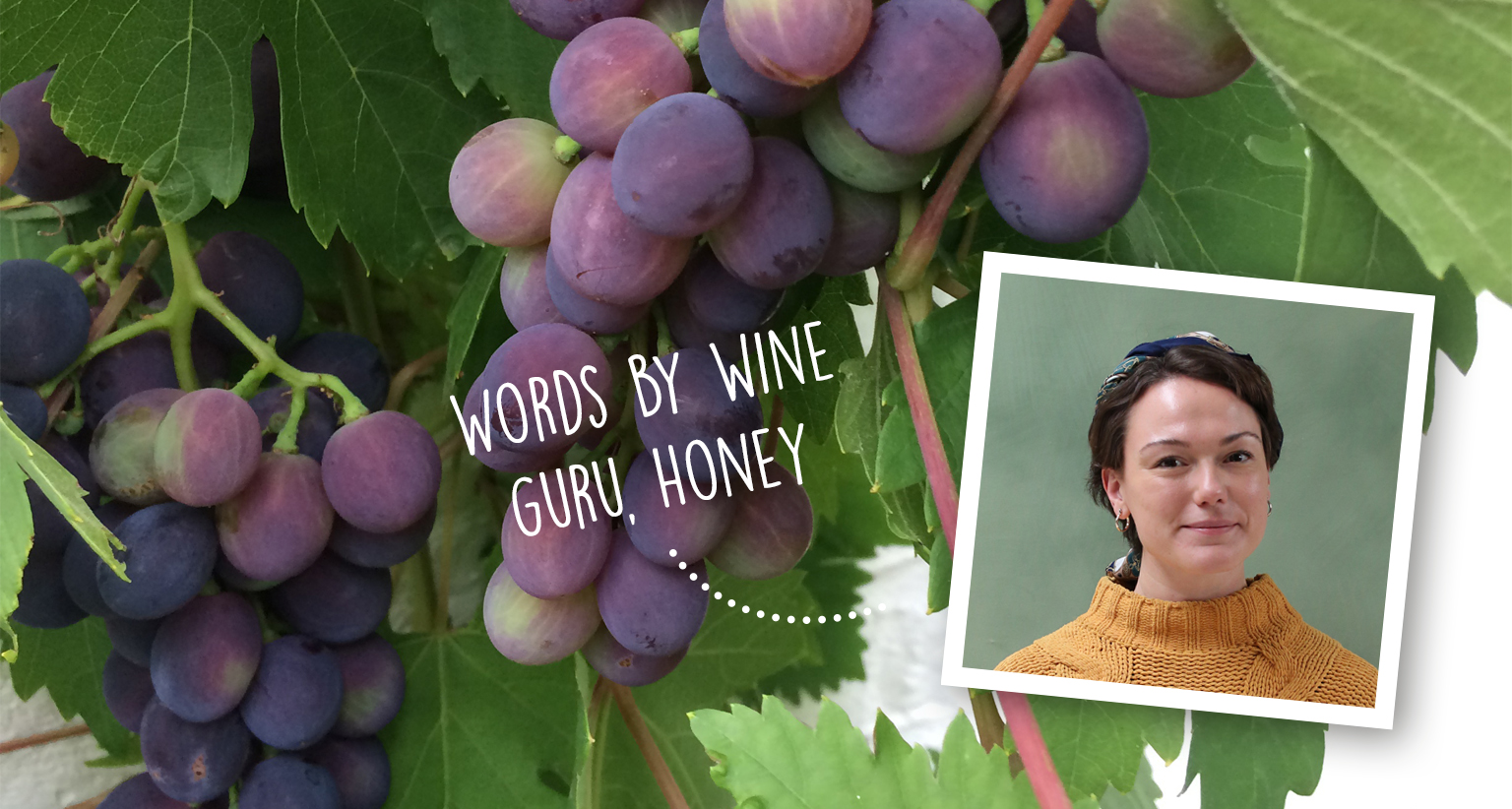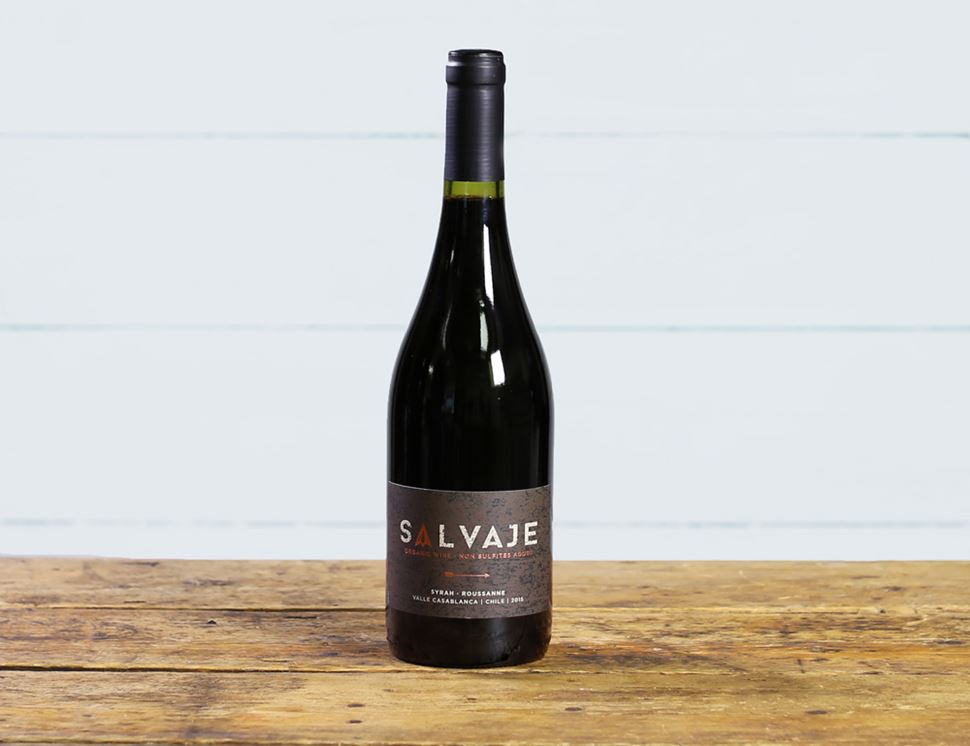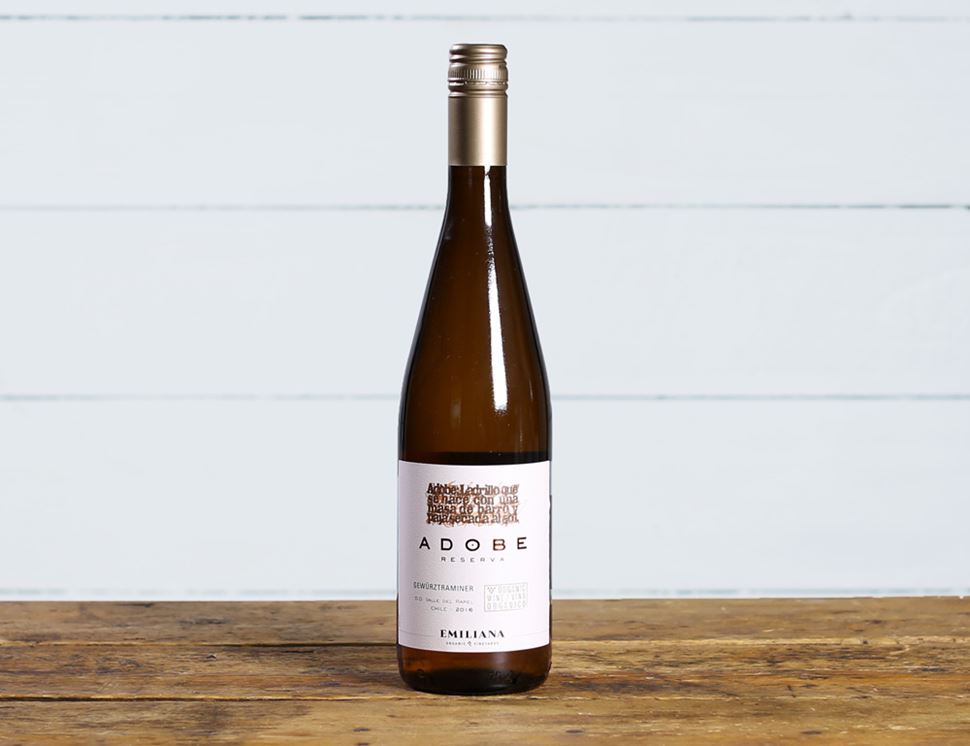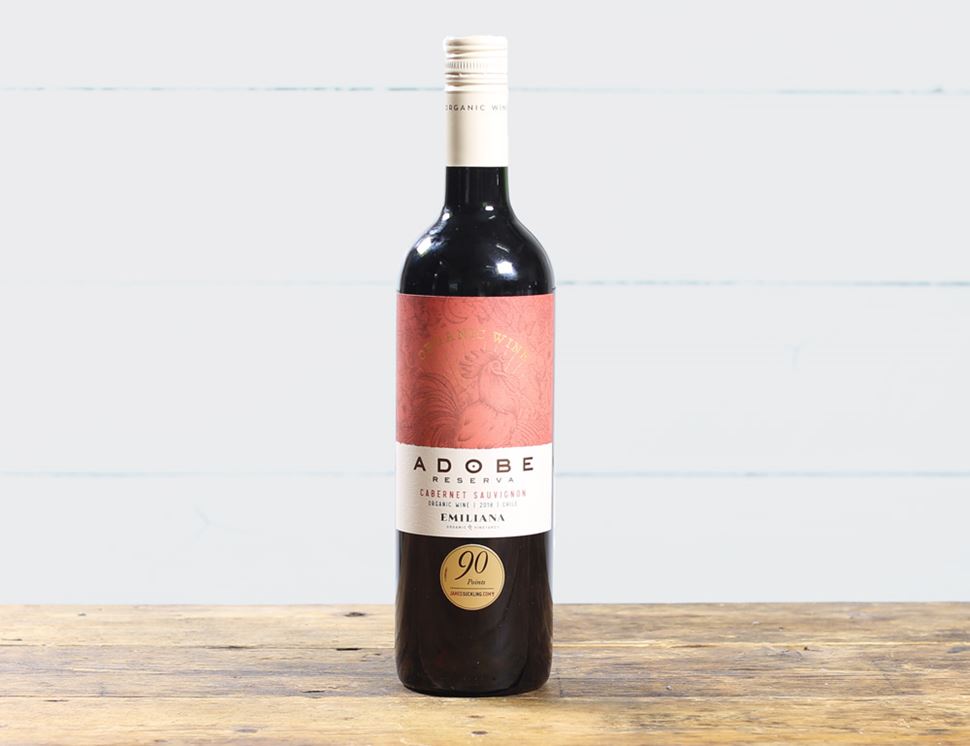We’re always tasting new vinous treasures from far and wide (we know, tough job). But, with a bounty of organic wine available from Europe, it’s easy to overlook the ‘New World’ as we sip our Riojas, and Gavi di Gavis. There are many who’d give an arm to drive a few hours and land in Burgundy, but what is the ‘Old World’ and what is the ‘New World’ and what, exactly is the difference? Our organic wine guru, Honey Spencer explains all.
The March Wine Cellar

Worlds apart
Without making things too complicated, the ‘Old World’ can be summed up as the regions from which both the grapes used to make wine (Vitis Vinifera) and the practice of winemaking first originated.
We’re talking the usual suspects – Spain, France, Italy, Greece, Austria and Germany, but also some other ancient countries with thousands of years of practice making (and drinking!) wine such as Georgia and Turkey. As a general rule (although of course there are many exceptions), organic wine produced from the ‘Old World’ is said to be lighter, with higher acidity and less ‘fruitiness’ than ‘New World’ wine.
By contrast, countries that fall into the ‘New World’ category where Vitis Vinifera and the practice of winemaking have been imported from the ‘Old World’ – USA, New Zealand, Chile, Argentina, Australia and South Africa – lean on the side of fuller-bodied wines and higher alcohol levels.
These inherent differences can be owed to a number of factors such as terroir (soil, climate, vineyard position, etc.) to winemaking traditions and much more. So, if you are partial to a silky-smooth Malbec or chunky Cabernet, you can find an array of ‘New World’ gems at your fingertips in our virtual wine cellar. What’s more, none of our wines are air-freighted, allowing us to do our bit to lessening the carbon footprint in bringing them to you.
Our 'New World' faves

Salvaje Syrah/ Roussanne, No Added Sulphur 2017, Organic (2017)
Truly a unique blend for a ‘New World’ wine. Here, French natives Syrah and Roussanne are unified by Alvaro Espinoza, of organic aficionados Emiliana, in Chile’s Casablanca region. Cooler ocean currents near Casablanca bestow the region with cooling breezes that allow for a slow ripening of the grapes, ensuring wines produced in the region are elegant and balanced. Classic Syrah aromas of inky blackberry and violets meet a light brush of supple texture from the Roussanne. Best served in your favourite decanter (or any good jug will do!) after a few minutes left to breathe.

Adobe Reserva Gewurztraminer, 2018, Organic
The variety Gewurztraminer, rumoured to have its roots in Northern Italy, is commonly known for its sweetness. However, this version made in Chile’s Rapel Valley comes packed with tropical fruit flavours whilst remaining nice, dry and crisp. Seek out aromas of grapefruit and lychee, backed up racy line of acidity. Great with roasting hams and a variety of Asian dishes including spicy curries and stir fries.

From Chile’s spectacular Rapel Valley comes this Cabernet Sauvignon by organic wine powerhouse Adobe. Chile certainly knows a thing or two about Cabernet Sauvignon as they plant it more than any other variety, and luckily Adobe certainly knows a thing or two about making wine from it. This version is topped up with a little Merlot for added softness on the palate. Before bottling, a portion of the wine is aged in French oak barrels for 6 months before being reintroduced to the blend. The result is a dark and brooding Cabernet with signature smoked black currant notes and a toasty smooth finish.
Glasses at the ready? Head to the cellar to fill up on the New World


